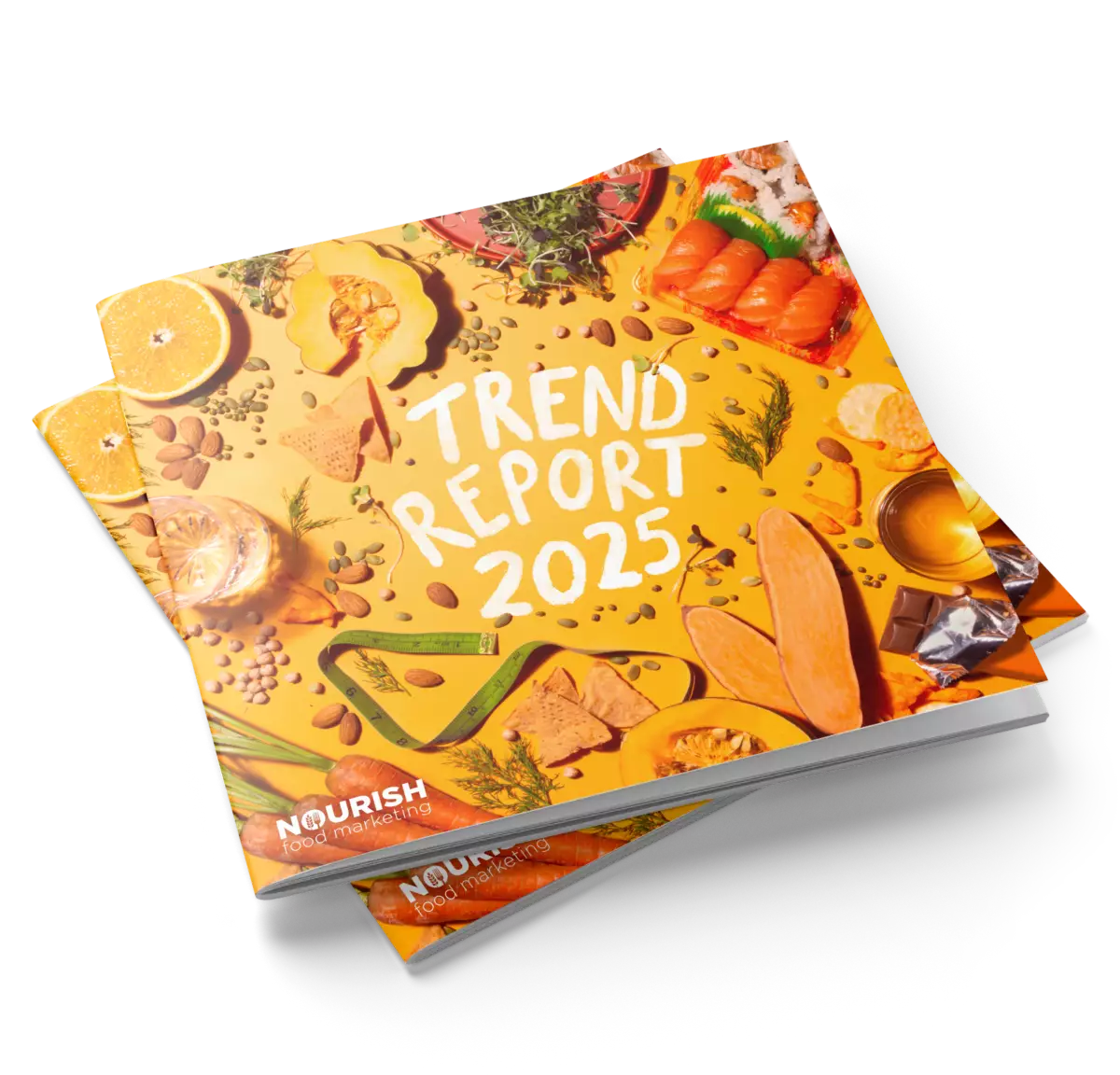by Len Kahn, Nourish Agriculture Expert
Where does food come from? Food research, that’s where.
The public’s understanding about the role that agriculture plays in food production is lacking. Responses to surveys asking where food comes from often include answers like, “the grocery store,” and, “restaurants.”
Our farmers hope someone will say, “farms,” but that rarely happens.
Even less understood is the role of food research. In food production, it creates new plant varieties, improves animal health, looks after the environment and keeps food safe.
But ask people where agriculture and food research comes from, and I suspect you’ll mostly get blank stares… or worse.
A Frankenstein view of farming
In some circles, research has become vilified. It has traditionally gone on quietly, behind the scenes, with researchers speaking the language of science.
That demure approach left research vulnerable to criticism. That’s particularly true where food and cutting-edge science intersect. Many find areas such as genetic modification confusing, if not downright scary.
Agriculture and food research is about so much more than cellular-level exploration. But publicly-funded research can be sensitive to criticism. And in some cases, funding sources might be tempted to cut back all research, as a political precaution. Fortunately, in Ontario, that’s not the case for agriculture and food.
Here, the shining example is the recently announced $713-million, 10-year research agreement between the
Ontario Ministry of Agriculture, Food and Rural Affairs (OMAFRA), and my alma mater, the
University of Guelph.
The partnership sustains collaboration between the ministry and the university - to provide safe food; to grow Ontario's capacity to produce food; to support a globally and domestically competitive agri-food sector; and to protect animal, plant, and public health, and the environment.
Does the public understand such a robust system is in place?
Many of the crops grown by Ontario farmers started with germplasm created from research at the university and supported by the ministry. The same goes for advances in livestock production, veterinary medicine, and science. Healthy food, developed through research studies, is an imperative that goes back to the Macdonald Institute, one of the university’s founding colleges, established in 1903.
The Animal Health Laboratory and Agri-Food Laboratory addresses food safety challenges through testing.
And there’s more. In Guelph’s industrial park, a University of Guelph spin-off company called
Mirexus is building an R&D facility and manufacturing plant that will employ 70 people. It was created following the discovery of a unique corn-based chemical called PhytoSpherix in University of Guelph physics professor John Dutcher’s lab.
Part of the research that went into helping advance PhytoSpherix came from the University of Guelph – OMAFRA partnership.
On the livestock side, there’s the Guelph-based animal genetics company called
Semex. It’s commercialized something called high-immune response (HIR) technology, developed at the university in immuno-genetics professor Bonnie Mallard’s lab. HIR singles out exceptional cows with better, natural disease immunity. That reduces the need for antibiotics, saving farmers millions of dollars a year, and leads to a safer food system.
It’s caught on globally. Semex has already sold $100 million worth of HIR genetics, called Immunity+, in 80 countries. The University of Guelph - OMAFRA partnership helped HIR technology reach the commercial stage.
Research is sowing the seeds for healthy living in the future
The partnership is also directly helping families, through the landmark Guelph Family Health Study. It’s an extensive 20-year research project that has already involved hundreds of people in the Guelph area.
By the age of five or six, kids will form eating, exercise and sleep habits that can last a lifetime. This study is testing new ways for kids to learn healthy habits early – habits that can significantly lower your child’s risk for disease now and in the future.
So in Ontario and elsewhere, that’s food’s trajectory: from research to farms to processors to grocery stores and markets.
Let’s spread the word. Public research is worth supporting, and worth the investment.
Can we help?
Questions or comments? Get in touch.

